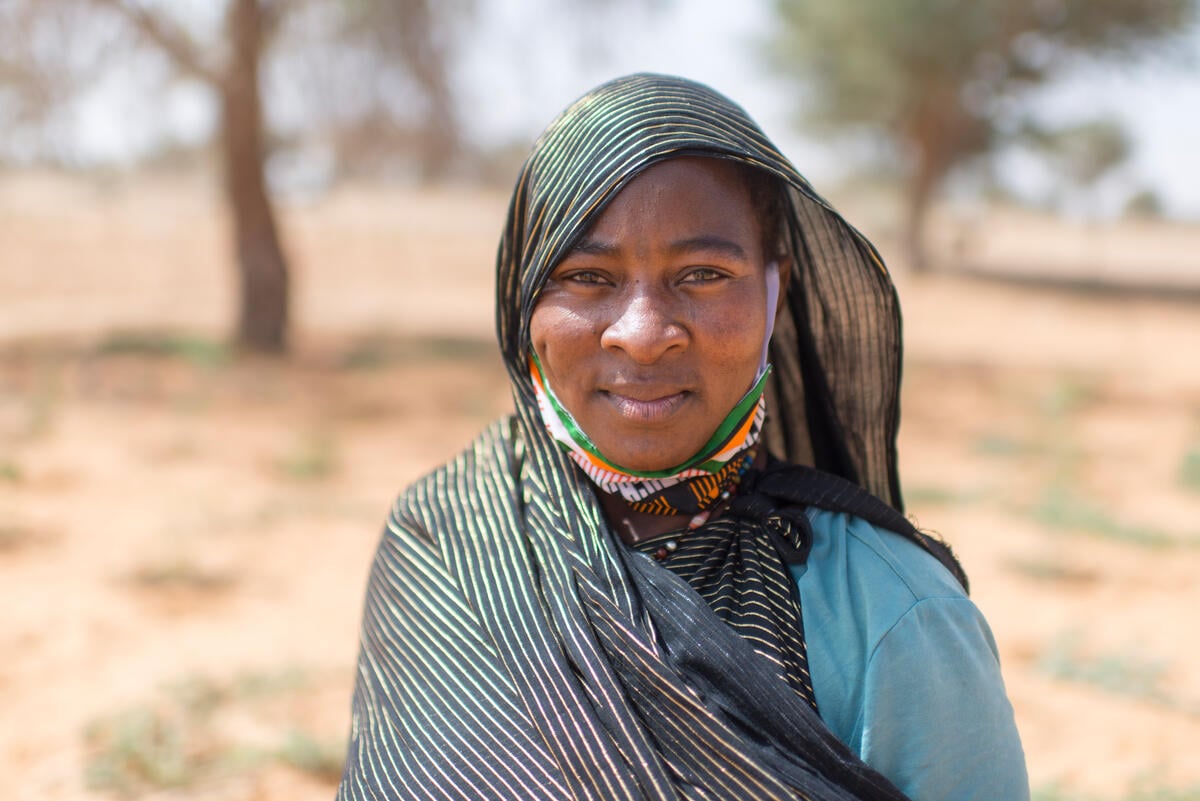Actions must speak louder than words: five asks to achieve equity in vaccine delivery
Actions must speak louder than words: five asks to achieve equity in vaccine delivery

NEW YORK / GENEVA – In June 2020, a few months into the COVID-19 pandemic, the United Nations and the International Red Cross and Red Crescent Movement jointly called on governments, the private sector, international and civil society organizations to accelerate efforts to develop, test, and produce a safe and affordable “people’s vaccine” to protect everyone, everywhere and bring the crisis to an end.
A people's vaccine should protect the affluent and the poor, the elderly as well as the young, forcibly displaced persons, migrants regardless of their immigration status, and other often neglected populations, both in urban areas and in rural communities.
Fifteen months later, thanks to extraordinary scientific and technological advances, as well as global collaboration and mutual reliance in regulatory aspects, multiple safe and effective vaccines against COVID-19 are available and being administered in countries around the world. Yet, despite lofty rhetoric about global solidarity, the goal of a “people’s vaccine” is far from being reached. Equitable vaccine distribution is a political, moral, and economic priority which has so far been largely neglected.
Profits and short-sighted vaccine nationalism continue to trump humanity when it comes to the equitable distribution of vaccines. Though more than 48 per cent of the world’s population has received at least one dose of the vaccine, that percentage drops to barely 3 per cent in low-income countries. The situation is particularly worrying in countries in humanitarian crisis which need almost 700 million more doses to reach the World Health Organization’s target of vaccinating 40 per cent of their populations by the end of the year.
Over half of the countries with a humanitarian appeal do not have enough doses to vaccinate even 10 per cent of their population. Seven of the poorest in the world only have enough doses to reach less than 2 per cent of their population (Burundi, Cameroon, Chad, the Democratic Republic of the Congo, Haiti, South Sudan, and Yemen).
Wealthy countries with access to large quantities of vaccines have generously pledged to donate their excess doses to low- and middle-income countries via COVAX. However, far too few of these donations have been received. Supply of doses to the most vulnerable continues to be constrained by export restrictions and an unwillingness of countries to give up their place in the production supply line to COVAX, even if they cannot use those doses immediately.
The Humanitarian Buffer, part of the COVAX Facility, has been open for applications since June 2021. The Buffer is a measure of last resort to ensure the world’s displaced and other vulnerable populations are reached with COVID-19 vaccines. It is also part of the efforts to curb inequity, which would otherwise jeopardize social and economic recovery in humanitarian settings. We therefore need to urgently boost supply, share vaccines, and ensure that everyone has access.
But having vaccine doses available is only part of the solution to this crisis. We must ensure that the vaccine makes it from the airport tarmac into the arms of the most vulnerable – including refugees, migrants, asylum seekers, marginalised groups, people who are stateless, and those living in areas controlled by armed groups and/or affected by armed conflict. There must be greater investment in local delivery mechanisms and capacity, not only to guarantee that vaccines are delivered quickly and fairly, but also to strengthen national health systems for more effective pandemic preparedness and response.
All around the world, efforts to curb the pandemic are undermined by mistrust that leads to vaccine hesitancy. More than ever, it is important to work with and within communities, including through social media and community networks, to build trust and strengthen confidence on the efficacy and safety of vaccines. Activities that strengthen support for local actors and address misinformation are key to ensuring the successful delivery of vaccines to local communities, especially those most at-risk.
The United Nations and the International Red Cross and Red Crescent Movement remain steadfast in their commitment to ensure equitable and effective access to COVID-19 vaccines across the globe. As the pandemic requires the international community to take extraordinary measures, today we unite our voices again to say it is time for actions to speak louder than words.
It is a humanitarian imperative and our shared responsibility to ensure that lives everywhere are protected, not only in the few countries that have the means to buy protection. We call on governments, partners, donors, the private sector, and other stakeholders:
- to scale up COVID-19 vaccine supply and access to COVAX including through donations from high-income countries to donate vaccines to those countries and regions that remain inequitably served;
- to increase the funding and support to local actors to ensure that vaccines leave capital airports and reach everyone, including through investment both in the local health systems required for delivery and in community engagement to enhance acceptance and confidence in COVID-19 vaccines as well as vaccines in general;
- to strengthen the capacity for COVID-19 vaccine production and distribution worldwide, particularly in low- and middle-income countries;
- to accelerate the transfer of technology and know-how: investments made now will last well beyond this public health emergency and will strengthen the global capacity for response to future epidemics and pandemics;
- to request the lifting of all remaining barriers (by manufactures) to allow humanitarian agencies access COVID-19 doses, including through waiving the requirement for indemnification, particularly where the most vulnerable populations can only be reached by humanitarian agencies using the COVAX Humanitarian Buffer.








